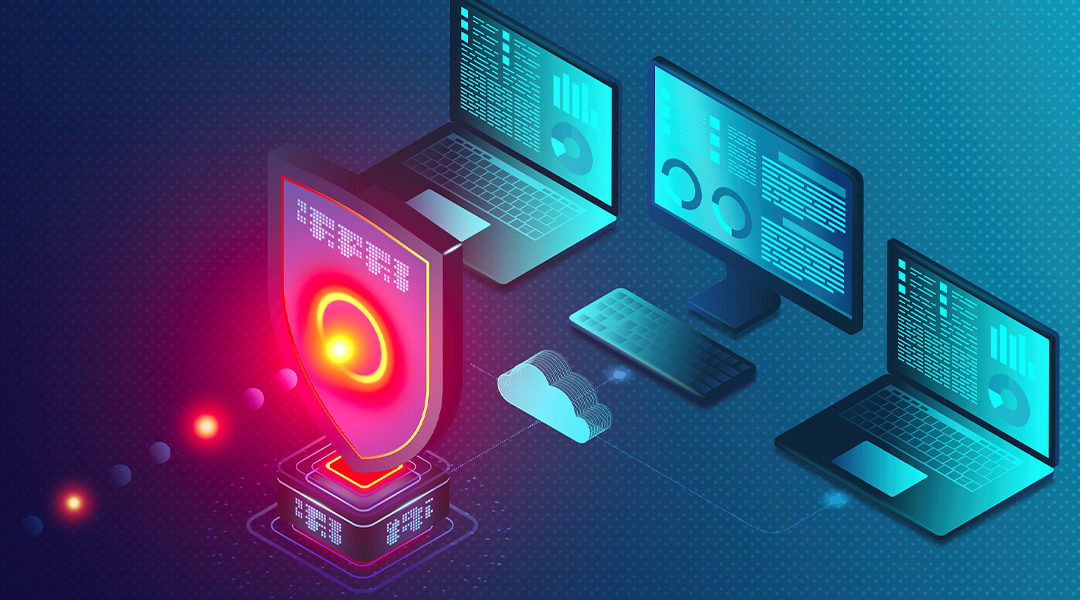It’s no secret that cybersecurity is one of the top priorities for the modern business owner. A successful cyberattack can lead to a crippling financial disaster and a permanently damaged reputation among current and prospective customers, leading many businesses to wonder how to identify and mitigate cyberthreats before they even begin. It’s a tricky prospect, one that may sound like something out of a futuristic spy thriller, but advances in technology have made this a reality. One of the key questions in cybersecurity technology, though, is the contrast between MDR vs EDR, which is what we’ll be investigating today.
Is Your Company Ready for Digital Transformation?
MDR: Managed Detection and Response
Managed detection and response (MDR) is a cybersecurity service combining technology and human expertise to perform tasks known as threat hunting, monitoring, and response. The main benefit: MDR helps to quickly identify and limit threats and their impact. So, how does it work exactly?
Imagine an organization that was already struggling to keep their security team fully staffed but is now facing the greater challenge of adopting cybersecurity technologies to address evolving threats. Since many organizations invest in tools that they don’t have time to manage, their investments can end up hindering rather than helping them if they don’t have the time or resources to fully deploy and optimize these solutions.
MDR works by remotely monitoring, detecting, and responding to threats detected within your organization. There are five core capabilities of MDR:
- Prioritization
Managed prioritization helps organizations that have a catalog of alerts to sift through and determine which to prioritize. This process applies automated rules and human inspection to distinguish benign events from true threats.
- Threat Hunting
Threats don’t happen by chance: there is always a person behind them, and that person is thinking about how to avoid being caught. While machines are quickly improving, human threat hunters bring extensive skill and expertise needed to catch the threats automated defenses often miss.
- Investigation
Managed investigation services help organizations understand threats faster by providing additional context. Organizations can understand what happened, when it happened, and how far the attacker made it. This information is then added to the organization’s repertoire.
- Guided Response
The guided response component of MDR delivers advice on the best way to contain threats. Organizations are advised on prevention methods from the fundamental to the complex.
- Remediation
This is a crucial step: if it’s not performed properly, then the investment is pointless. Managed remediation restores systems to their pre-attack state by removing malware and completing other needed steps.

Both MDR and EDR provide investigation of any cybersecurity incidents.
EDR: Endpoint Detection and Response
If you’re familiar with device monitoring, you have the basic idea of endpoint detection and response (EDR). When we’re talking about an endpoint, we’re referring to a computer, phone, Internet of Things (IoT) devices, servers, and cloud workloads. EDR continuously monitors these endpoints to minimize the risk of cyberthreats. When triggered, the technology generates an alert for security operations analysts to uncover, investigate, and remedy issues.
Organizations today are subject to a seemingly endless barrage of attacks, with the simple phishing attack being the most common. More advanced attackers may seek out weak points and attempt to hide their attacks using evasion techniques such as running the malware program in the device’s memory. In both cases, the attacker is likely to use one of the organization’s many possible endpoints to exploit the whole system.
EDR capabilities vary from one vendor to another, but many provide integration, insights, response, forensics (to help track threats and establish timelines and identify affected systems), and automation (which automatically remediate activities).
MDR vs EDR: Which is Right for You?
When it comes to securing your business’ network, choosing the right solution is a rarely an easy task, which is why small and medium businesses (SMBs) all over the world are turning to managed IT service providers to help them identify, install, and maintain the solutions they need. Is MDR, EDR, or another solution what you and your business needs? Contact Innovative Integration: we’re committed to helping you find the solution you need.





